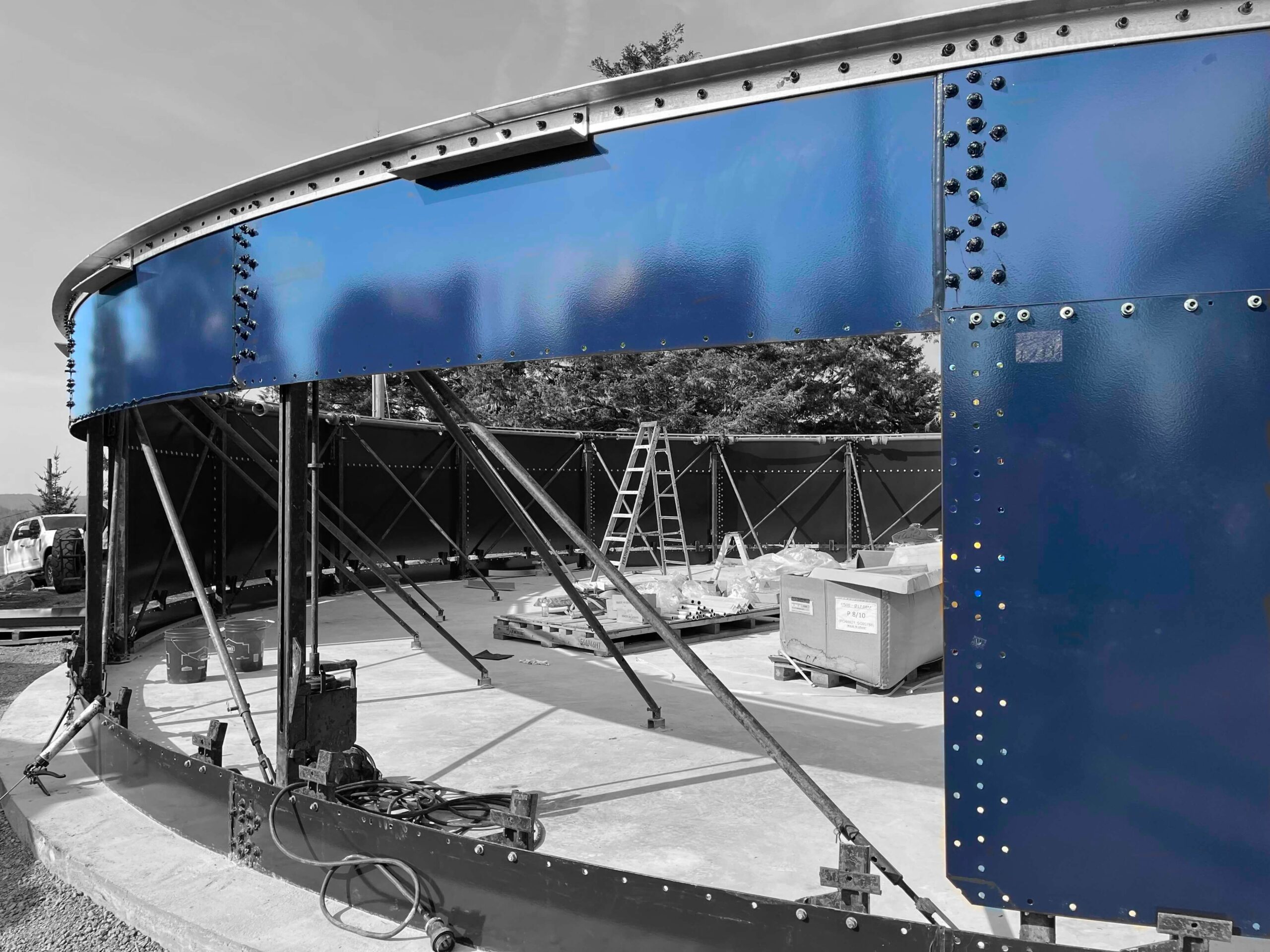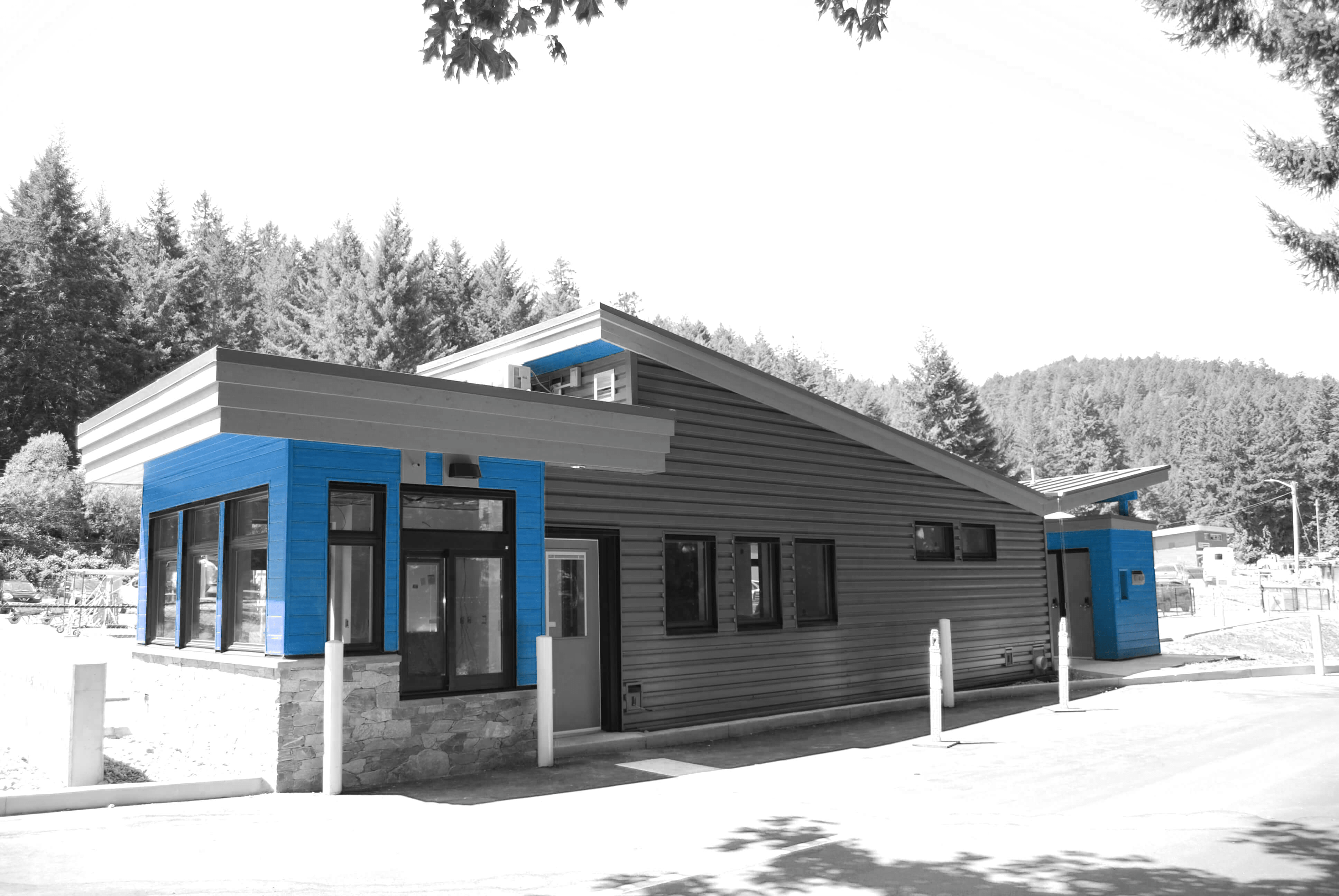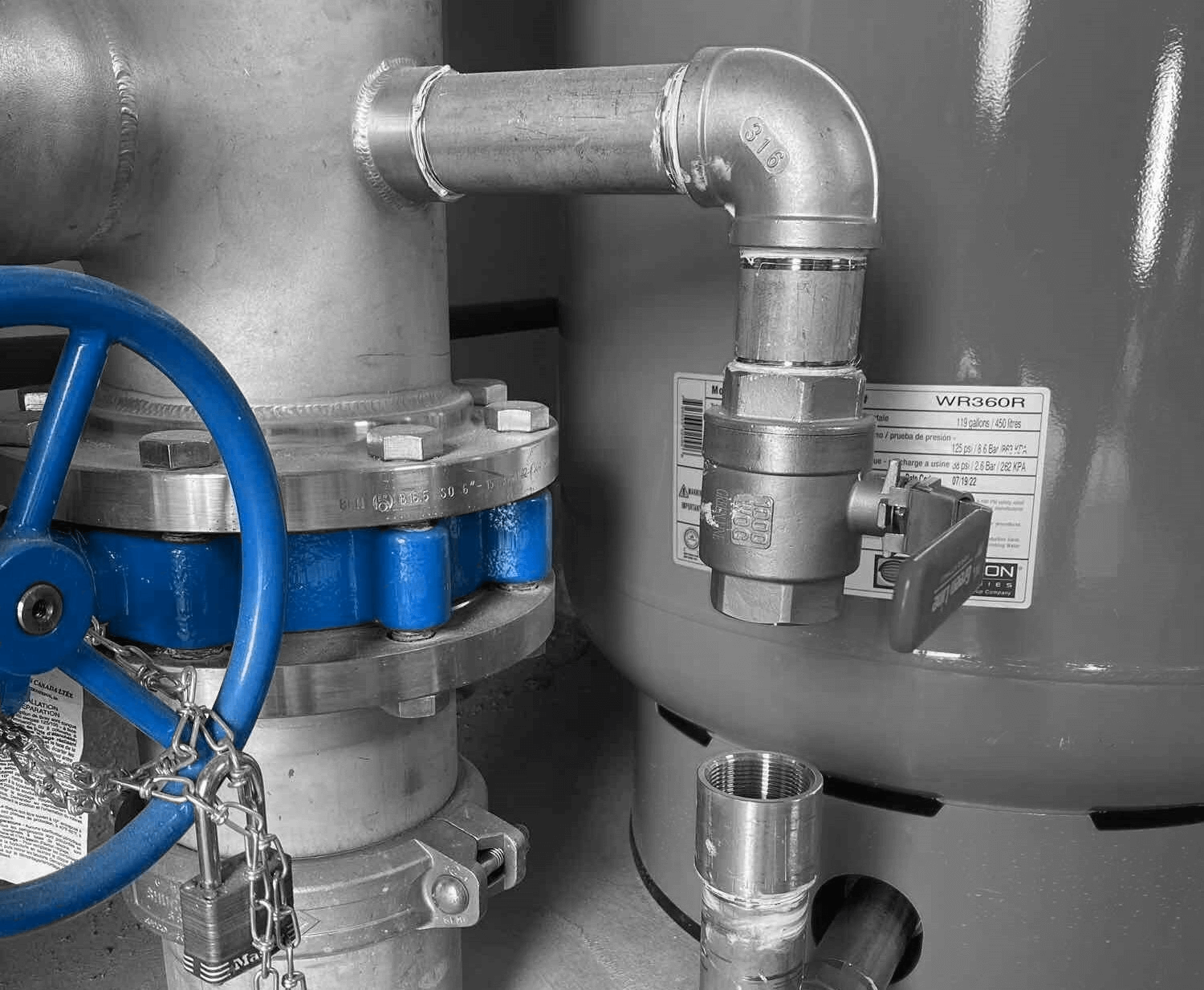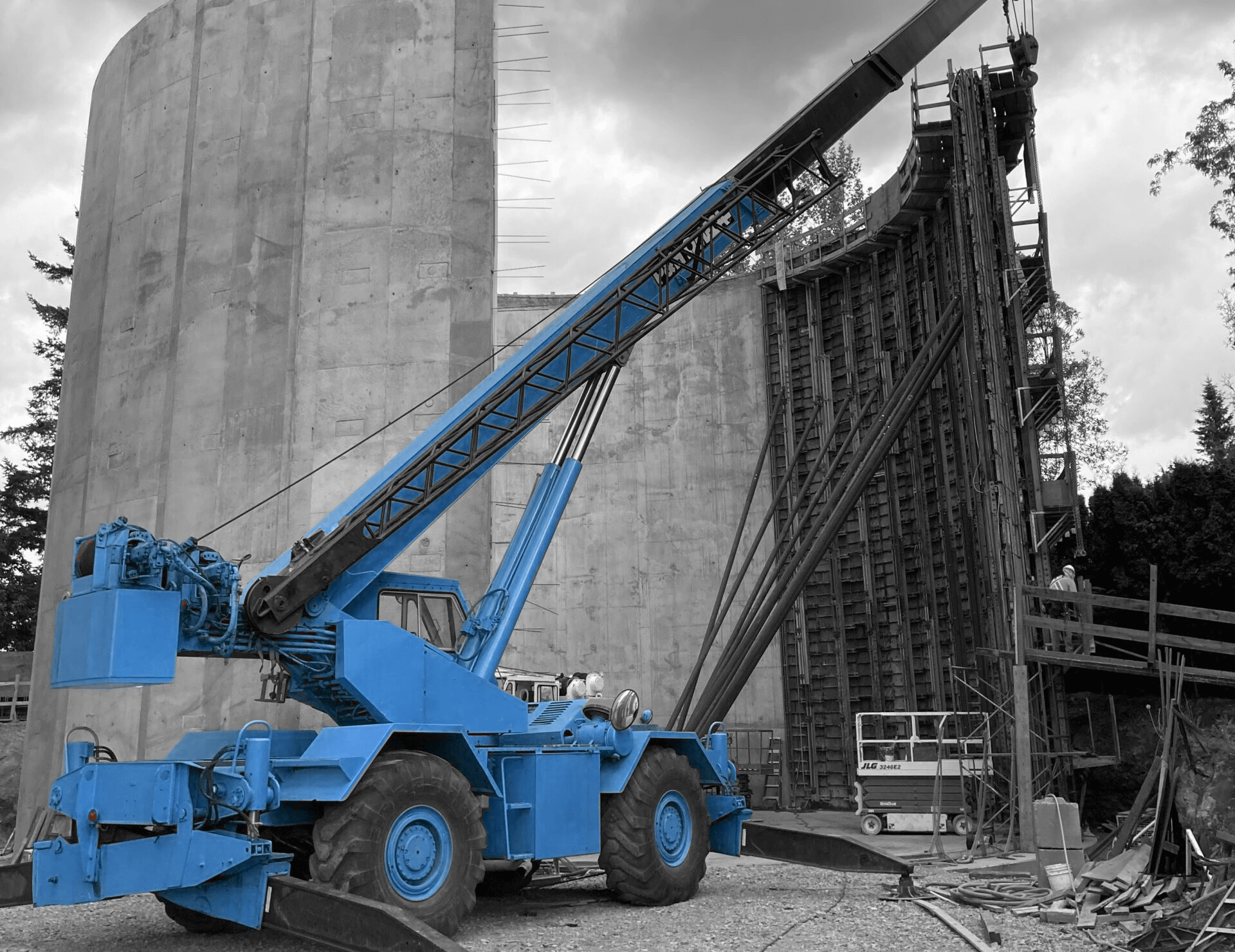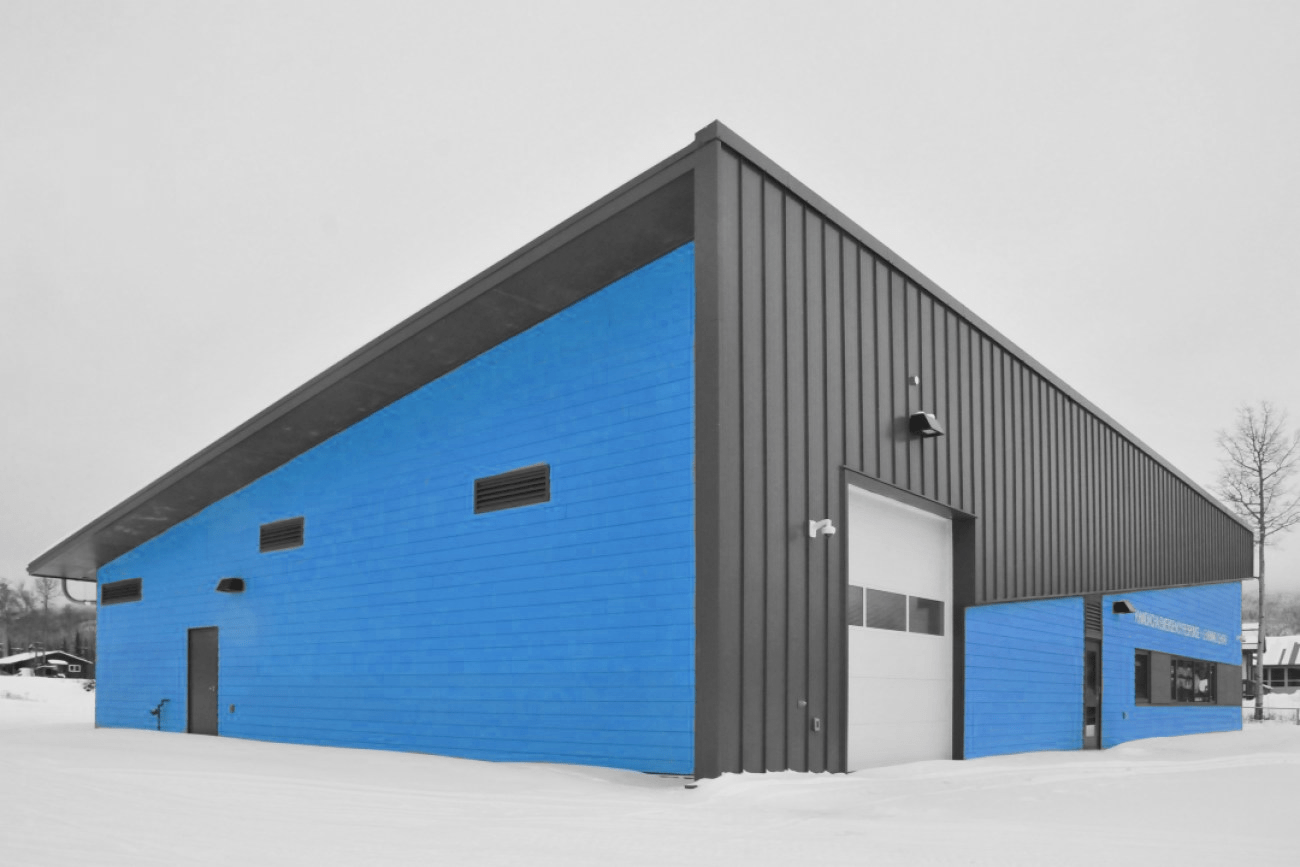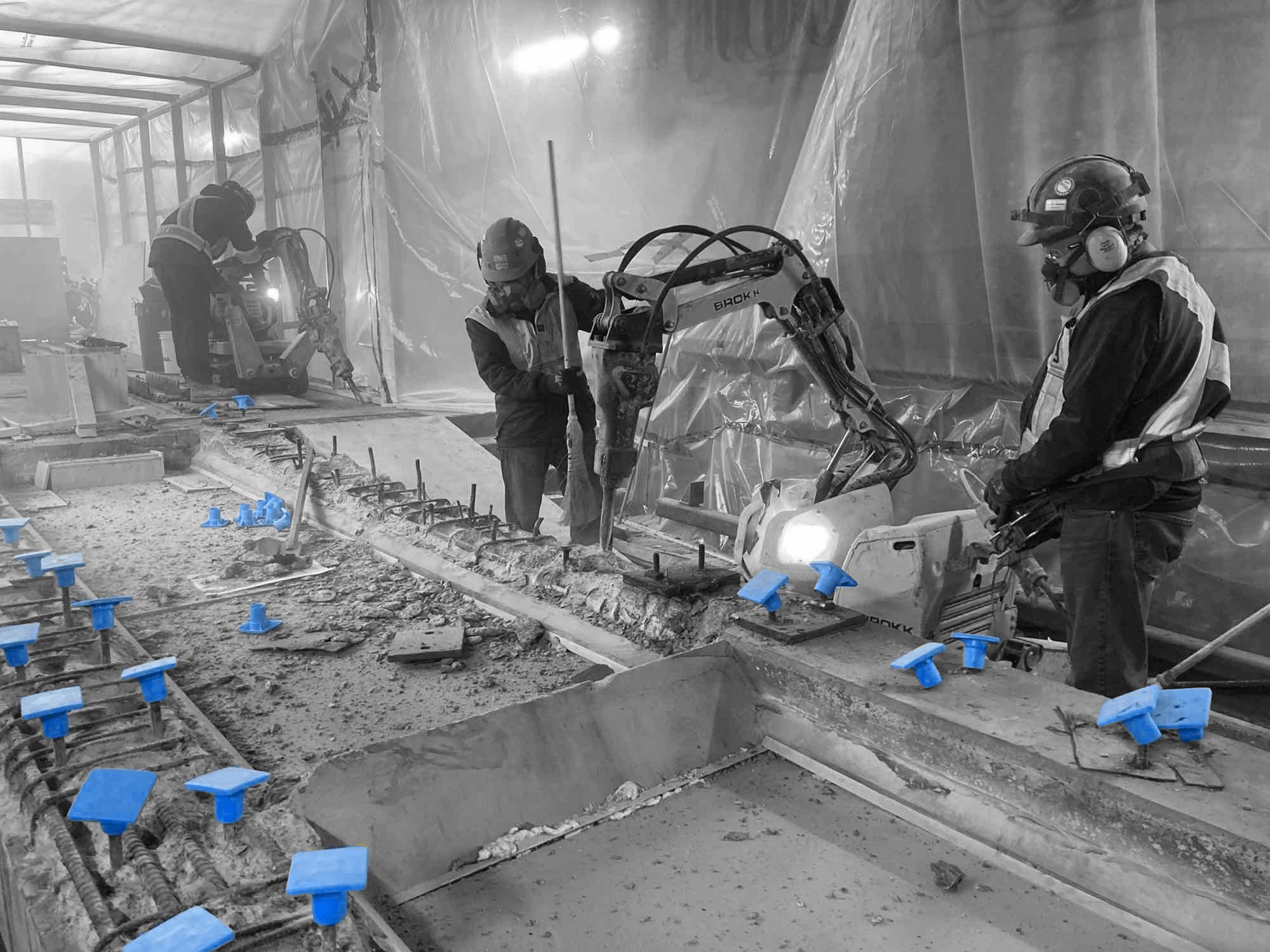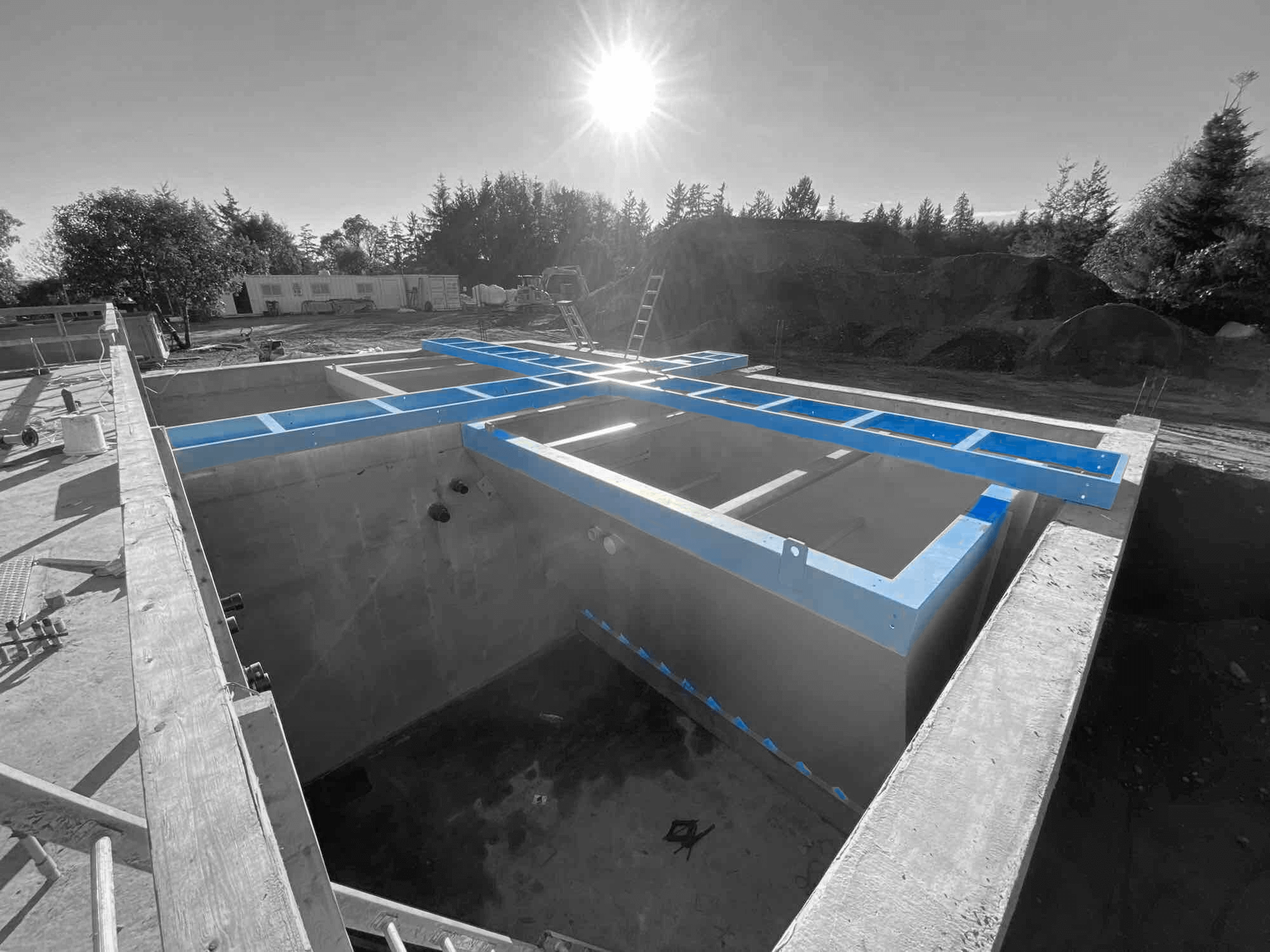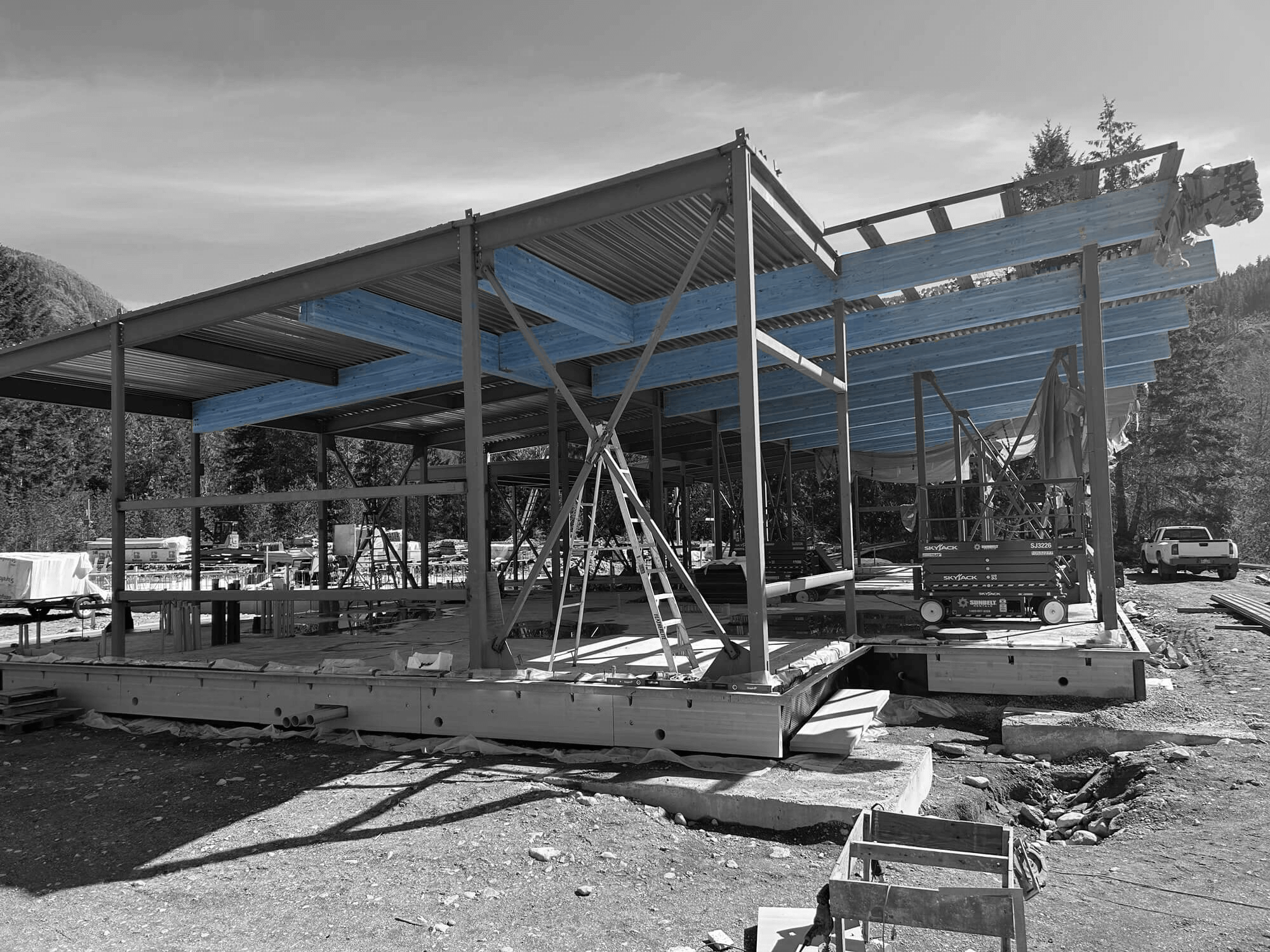Managing a construction project can be complex, but it becomes much more manageable with the right strategies. Precise planning, defined roles, and effective communication are essential to successful construction management. Whether you’re overseeing the construction of a new structure or renovating an existing one, these elements help keep the project on track and within budget.
In this article, we’ll explore some simple yet essential tips for construction management. From effective project planning and defining key roles to utilizing the best tools and fostering good communication, these tips will help you succeed in your construction projects.
Effective Project Planning and Scheduling
Planning and scheduling are the backbone of successful construction management. Without a solid plan, the project can quickly go off course. To start, create a detailed project plan that outlines each phase of the construction process. This plan should break down tasks, deadlines, and milestones. Each task must be clearly defined so everyone understands what needs to be done and when.
Next, develop a realistic schedule. Use tools like Gantt charts to visualize your timeline. A well-structured schedule helps you track progress and identify potential delays. Include buffer times for unexpected issues. These buffer times give you a cushion when things don’t go as planned.
Regularly update your plan and schedule. Construction projects are dynamic, and changes are inevitable. A flexible plan that adapts to new circumstances helps keep the project on track. Conduct weekly or bi-weekly meetings to review progress and make necessary adjustments. This ensures that everyone is aligned and aware of their responsibilities.
Key Roles and Responsibilities in Construction Management
Clear roles and responsibilities are crucial for a project’s success. Everyone on the team should know who is responsible for what. This clarity prevents confusion and ensures that tasks are completed efficiently.
Project Manager
The project manager oversees the entire project. They coordinate between different teams, manage resources, and ensure the project stays on schedule and within budget. They are also the point of contact for stakeholders and clients.
Site Supervisor
The site supervisor manages on-site activities, ensures that the work complies with plans and safety regulations, handles day-to-day issues, and reports to the project manager.
Engineers and Architects
Engineers and architects design the structure and ensure it meets all technical and safety standards. They work closely with the construction team to resolve any design-related issues that may arise during construction.
Skilled Workers
Skilled workers, including carpenters, electricians, and plumbers, carry out the hands-on construction tasks. Their expertise is vital for the quality of the finished project.
Safety Officer
The safety officer ensures that all safety protocols are followed. They conduct regular safety inspections and training sessions to create a safe working environment.
Clearly defining these roles will streamline communication and ensure everyone knows their responsibilities. This will make the construction process more efficient and help avoid delays and misunderstandings.
Essential Tools and Technologies for Construction Management
Using the right tools and technologies can significantly enhance construction management. Here are some essential tools and tech that can make a big difference:
Project Management Software
Project management software helps you plan, execute, and monitor construction projects. Tools like Procore, Buildertrend, and Microsoft Project allow you to assign tasks, track progress, and manage resources from a single platform. These tools promote transparency and keep everyone on the same page.
Building Information Modelling (BIM)
BIM software enables the creation of detailed digital representations of buildings. This technology helps visualize the project before construction begins, identify potential issues, and optimize designs. It also fosters better collaboration between engineers, architects, and construction crews.
Drones
Drones provide aerial views of the construction site, allowing real-time monitoring and progress tracking. They are handy for large projects, helping you inspect hard-to-reach areas safely and efficiently. Drones can also help in land surveying and site mapping, making initial planning more accurate.
Mobile Apps
Mobile apps like PlanGrid and Fieldwire allow on-site teams to access plans, submit reports, and communicate instantly. These apps streamline daily operations and reduce the need for paper documentation, making the process more efficient.
Safety Management Tools
Safety management tools like Safesite or SiteDocs help manage and report safety incidents. These tools ensure compliance with safety regulations and create a safer work environment by recording inspections, tracking hazards, and managing safety protocols.
Best Practices for Communication and Collaboration
Effective communication and collaboration are essential to successful construction management. Here are some best practices to ensure everyone works together effectively:
Regular Meetings
Hold regular meetings to discuss progress, address issues, and make decisions. Weekly or bi-weekly meetings help keep everyone updated and ensure that any challenges are addressed promptly. Make sure these meetings are structured and have clear agendas to maximize efficiency.
Clear and Open Communication Channels
Establish transparent and open communication channels. Use tools like Slack or Microsoft Teams to facilitate quick and easy communication among team members. These platforms enable real-time chatting and document sharing, making collaboration seamless.
Document Everything
Document all communications, decisions, and changes. Keeping detailed records ensures that everyone has access to the same information. It’s also helpful for resolving disputes or misunderstandings later on.
Collaborative Platforms
Utilize collaborative platforms like Dropbox or Google Drive to share and store documents. These platforms ensure that everyone has access to the latest versions of project files, promoting transparency and reducing the risk of errors.
Feedback Loop
Create a feedback loop where team members can give and receive feedback. This encourages continuous improvement and helps identify areas for improvement. Regular feedback sessions foster a culture of openness and cooperation.
Conclusion
Effective construction management requires careful planning, clear roles, tools, and strong communication. By focusing on these critical areas, you can ensure your construction projects run smoothly and efficiently. Whether through detailed project planning, defining responsibilities, utilizing modern technologies, or fostering good communication, each element plays a critical role in project success.
Adopting these simple tips can significantly improve the outcomes of your construction projects. Every step is crucial, from the initial planning stages to the final touches. Staying organized, being flexible, and maintaining clear communication channels will make a significant difference.
If you’re looking for expert construction management services, Industra Construction Corp. is here to help. Contact us today to learn how we can support your next project.









